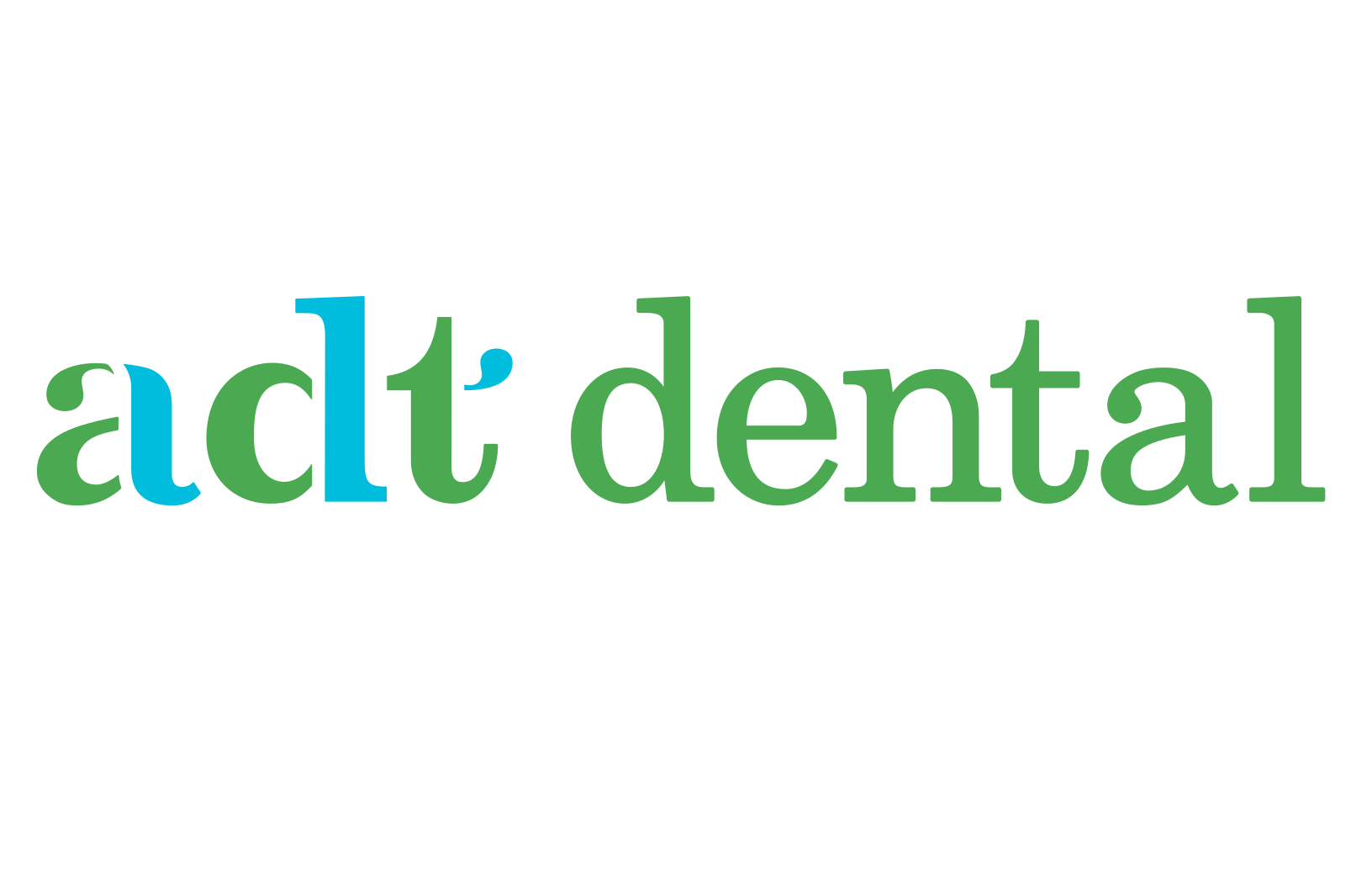Have you heard that the mouth is the gateway to the body, that oral health is a reflection on one’s general health, or that poor oral health decreases an individual’s quality of life? Yes, good oral health is critical to well being. Unfortunately, good oral health is not a given. In today’s societal environment, it requires 3 conscious decisions; to eat well, practice good oral hygiene and have regular dental visits. Without these three lifestyle commitments, one’s oral health will deteriorate over time.
Children do not make these decisions. Their parents do it for them. For the most vulnerable children in our community, the road to good oral health is not part of their upbringing. Why is this?
- Misinformed Parents: Some parents are unaware of the importance of their children’s teeth. They believe their children’s teeth are disposable, because they will be replaced by their adult teeth. They generally don’t know that the care of their child’s teeth should begin with the eruption of the first tooth.
- Access to Dental Care: Many Minnesota dentists do not accept Medicaid insurances because the reimbursement is literally the worst in the nation. Finding a local dentist who accepts their insurance is difficult at best.
- Stress of Poverty: A child’s oral hygiene is not a priority for a family under the stress of poverty. Some children don’t even have a toothbrush at home, or even worse, a home in which to keep a toothbrush.
- Diet: The diets of low income families are full of refined carbohydrates and processed foods which are highly cariogenic and caloric. These foods are the least expensive and simplest to prepare; helpful to a family with limited resources, but harmful to their health.
- Other Barriers: Lack of transportation, time from work, belief there are hidden expenses, cultural fears, mistrust of the profession due to previous traumatic dental experiences
This is why 85% of tooth decay in Minnesota occurs in 15% of the population. Decay is concentrated in children of low resources.
For these reasons, ADT Dental founded the nonprofit, Ready Set Smile. We wanted to use our gifts and success to give back to the community. And we are!
Through our non-profit Ready Set Smile, we reach the children in their schools with onsite clinics that provide the necessary preventive services such as cleanings, fluoride treatments and sealants. We also use innovative techniques and products that actually arrest decay. For children with urgent needs, we find dental homes through referrals. But our oral health service does not stop there.
The children receive a full curriculum during the school year in their classrooms. They learn about the science of oral health and nutrition with hands on experiments geared to each grade level. Besides one-on-one hygiene instruction in our clinic, we augment their learning with our classroom instruction. We build successful relationships with the children, so they don’t grow up with fear of dental care. Children see the staff in the clinic, in their classrooms, and in the halls.
We understand that the parents are the gateway to their child’s health. At every opportunity our staff is present to engage the parents: open house events, after school meetings, conference days. Our staff becomes the oral health educators for the entire school community working beside the school nurses, the social workers and parent liaisons. They provide resources and connections for families to oral health facilities.
Finally, we honor the families by hiring staff that are from their cultural backgrounds. Our Communities Health Workers are Somali, Hmong, and African American. Some of our dental providers are Hispanic. Our staff comfortably reaches out to the families and teaches with cultural competency. We recognize the importance that parents find our staff approachable.
This work is not easy and as we begin our 4th year, our goal is to grow with stability.
We are so thankful for all that ADT Dental patients have done for us since our inception. Maybe some day every school in Minneapolis or even the State will have these wonderful resources and all children in Minnesota will be free of tooth decay.



 We at ADT Dental have to commend National Geographic for its August cover story, Sugar. This food product is blamed as the dietary cause for high rates of obesity, diabetes, high blood pressure and heart disease….. not just in our society but around the world.
We at ADT Dental have to commend National Geographic for its August cover story, Sugar. This food product is blamed as the dietary cause for high rates of obesity, diabetes, high blood pressure and heart disease….. not just in our society but around the world.